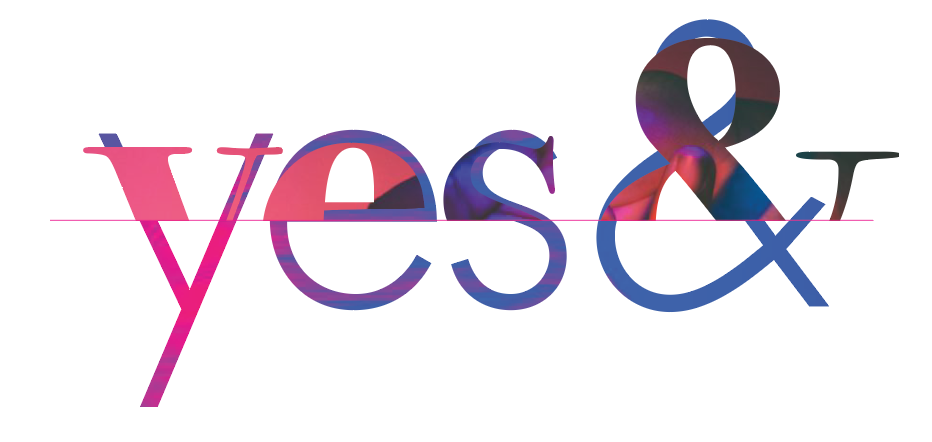This past Friday, Paul Pangaro, professor from Carnegie Mellon University, came to speak to our class about how artificial intelligence and the power of conversation can go together, and also redefine what conversation actually means. The art or science of conversation was rarely something I thought much about, but there are many facets to a simple conversation, nuanced, subtle and sometimes endearing social cues and features that artificial intelligence is still trying to replicate. Even breaking down our simple conversations about where to get food shed a different perspective on how to communicate, how to react, how to anticipate, etc. If you are Alexa, or Siri, you have many possible decisions to account for if your user is having trouble just deciding where to get lunch.
I think it prompts a question that’s harder to answer: at what point will the machine that’s desperately trying to understand our very humanistic ways of living and thinking, cross over into a space that’s part human? How far will we get before machines and AI devices start toying with the idea of not just a call and response relationship with us, but try to be like us?
It’s already kind of starting to happen. We ask Alexa to tell us a joke and give her a hard time when she’s a little too dry with the delivery, or can’t perform a function fast enough. What parts of our social interactions and understanding should be kept between us? What sort of power balance should we move towards with machines and AI?
I think this question also exists outside of conversation and human interaction. I responded to Pangaro about my interest in seeing how AI and machines can help convey, interpret, and perform art and artistic sensibilities, ideas that usually require more logic and less emotional reactions or responses. How can we combine something seemingly cold and thoughtless, programmed just for efficiency and functionality, with art and human emotions? What would this look like?
Machines and Emotion

